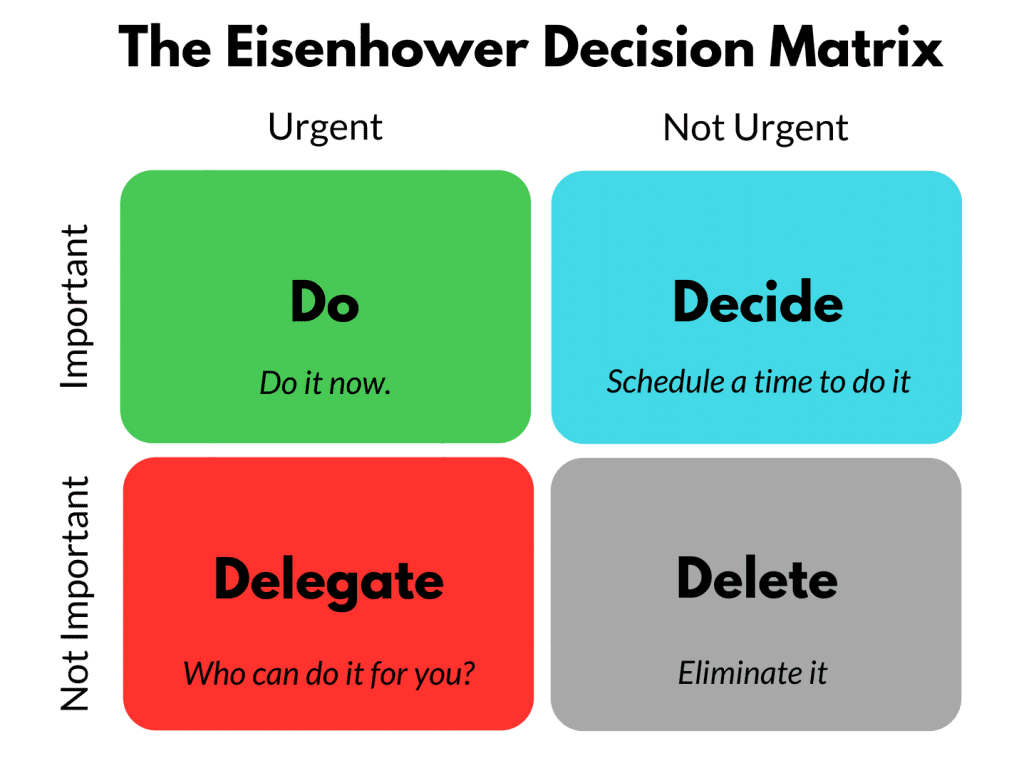When is the last time you conducted a PPC audit?
No matter how much time you spend on your PPC marketing or how many new customers it creates, there is always something you could be doing better. You should continually strive for perfection, rather than just resting on your laurels and being content with your present success.
There may be opportunities for vast improvement or small mistakes that will create problems further down the line. For this reason, all businesses should conduct a regular PPC audit to ensure all aspects of their campaign are optimised for peak performance.
What is a PPC audit?
A PPC audit is an in-depth analysis of your paid marketing activities, aiming to find areas for improvement and ways to maximise performance. The best way to carry out a PPC audit is to go through an extensive checklist of each aspect of your marketing and evaluate your success and where you can make improvements before moving onto the next thing.
When and why do you need one?
PPC audits can be carried out at any time but for the best results, I recommend conducting an audit:
- Every six months
- Whenever you start managing a new account
- If you’re experiencing significant performance issues but never less than 3 months after making changes
Auditing this way will identify where you may be going wrong and find ways you could tweak your activity to reach your goals. But you should never restrict an audit to times when your campaign is underperforming. Even when things are going well, there’s always room for improvement or ways you can experiment with new strategies.
Scheduling a 6-monthly review is an excellent way to stay on top of things. Additionally, if you take on a new account that has been managed by the same person or has followed the same strategy for a long time, it would be wise to have an audit to see what you can do differently. Best practices don’t always lead to the best results.
A checklist for carrying out a PPC audit
The following checklist is a helpful guide to some of the areas you will need to dive into during a PPC audit.
- Tracking: The first thing to check is that your Google Ads tracking code is installed correctly on every page you wish to be tracked. If not, then your data will be incorrect and you won’t be unable to accurately measure the performance of your PPC campaign.
- Google Analytics linking: Is your PPC account linked to Google Analytics? Analytics will enable you to drill down into customer behaviour on your site once they click your ads. Make sure it is set up to track conversions and goals.
- IP exclusions: Have you excluded your own IP address from your analytics? Ensure that the IP address of your office or staff who work from home is omitted to avoid misleading data and costly clicks.
- Account structure: Make sure that your account is appropriately organized for easy access. Campaigns and ad groups should follow a logical naming structure to help with reporting and make things easier for your client to understand when the account is handed over. Campaigns should be split by themes (using single theme ad groups) and branded keywords in a separate campaign to non-brand keywords.
- Budget: Are you using your budget effectively? If some campaigns are limited by their budget, you may need to increase it or re-evaluate the campaign altogether. If you find your budget is being used up on low-conversion traffic, you may need to adjust some aspects of your campaigns. Consider optimizing ad schedule, improve your audience targeting strategy, lowering bids, using fewer broad keywords, and adding negative keywords.
- Keywords: Identify keywords that are converting well and those that are not. High-performing keywords could be optimised further by adding them as exact match keywords, to make ad copy highly relevant to searches. Add any irrelevant and poorly-performing searches to the negative keywords list to filter out low-quality traffic. Look at a breakdown of your quality score and identify areas for improvement.
- Targeting: How could you improve the targeting of your PPC ads? What could you change to refine your audience and reach a higher number of people in your specific target audiences? Are you taking advantage of remarketing to reach existing site visitors and customers? Are your location settings optimized to eliminate unnecessary costs? Are your ads appearing on the device types you want them to?
- Bid Strategy: The next step is to drill down into the bid strategy you are using and how well it aligns with your specific goals. Whether your objectives are to maximize conversion, impressions, or clicks, your bidding strategy should be adjusted accordingly to reflect that.
- Ad Evaluation: The final and most crucial stage of your PPC audit is to evaluate the effectiveness of your PPC ads. Ensure the message of your ads is correct and consistent across campaigns. They should all feature a call to action, be keyword-optimised, and be compelling enough to stand out. If each ad group only has a small number of ads, consider adding more variations to improve testing. The best way to determine the success of your ads is to look at the Ad Rank. A low Ad Rank means you may be losing impressions, so see how you could improve this by improving the ad’s relevance, making the landing pages more captivating, or optimising the keywords.
For more helpful suggestions to improve your PPC campaigns, why not try Adzooma? Its Opportunity Engine has 40 opportunities to boost your paid performance, based on machine learning techniques and your current campaign data.
What are the next steps?
Now that you have undertaken your PPC audit, you will most likely have a list of considerations that require your attention. If this is your first audit, it may be a long list.
Your next task is to prioritize the action points according to importance. If your review was in response to a specific problem, you would first want to address whichever actions can fix this issue and then move onto the others. However, if your was part of a standard six-monthly audit, a good strategy would be to prioritize your list by what would impact revenue the most, or the amount of time and resources required to complete them.
A common tool to use for prioritising tasks is the Eisenhower decision matrix (below):

By splitting the tasks into these four quadrants, you can see what needs to be done, when it can be done, and why it should be done. Or you may find that a task doesn’t need to be done at all and that can be eliminated
One thing to be wary of is making too many changes in a short timeframe, particularly if a massive overhaul is needed. Take things slow and make one change at a time. Otherwise, you may end up doing more damage than good.




